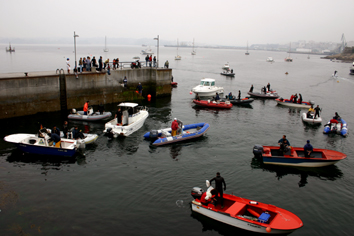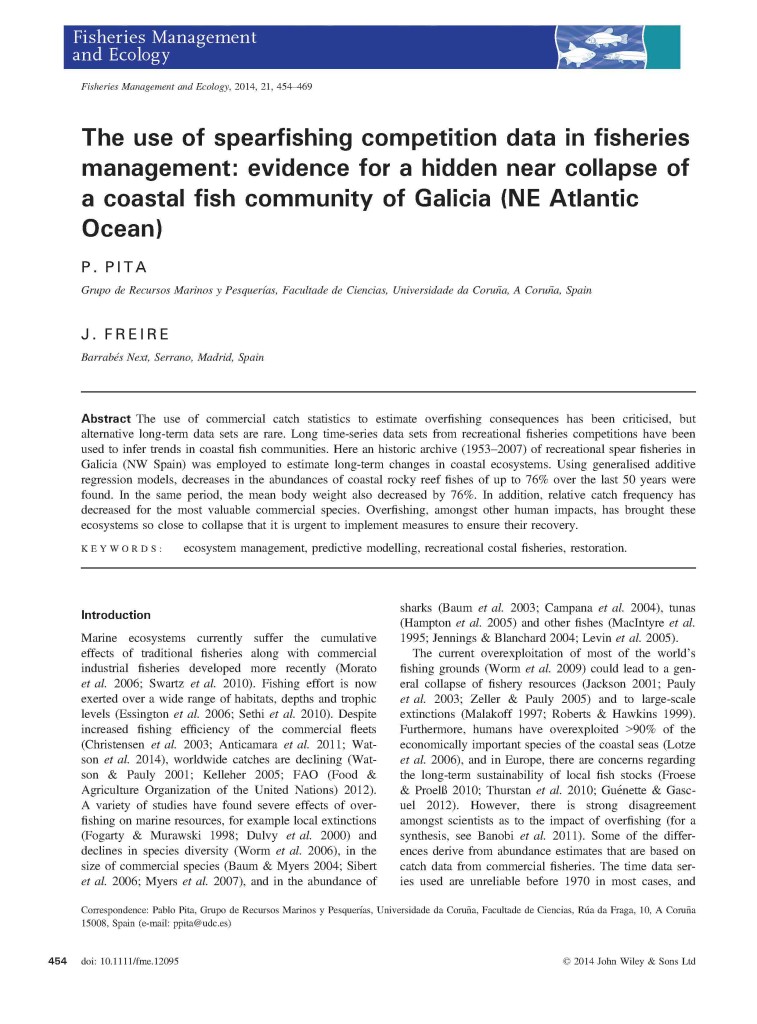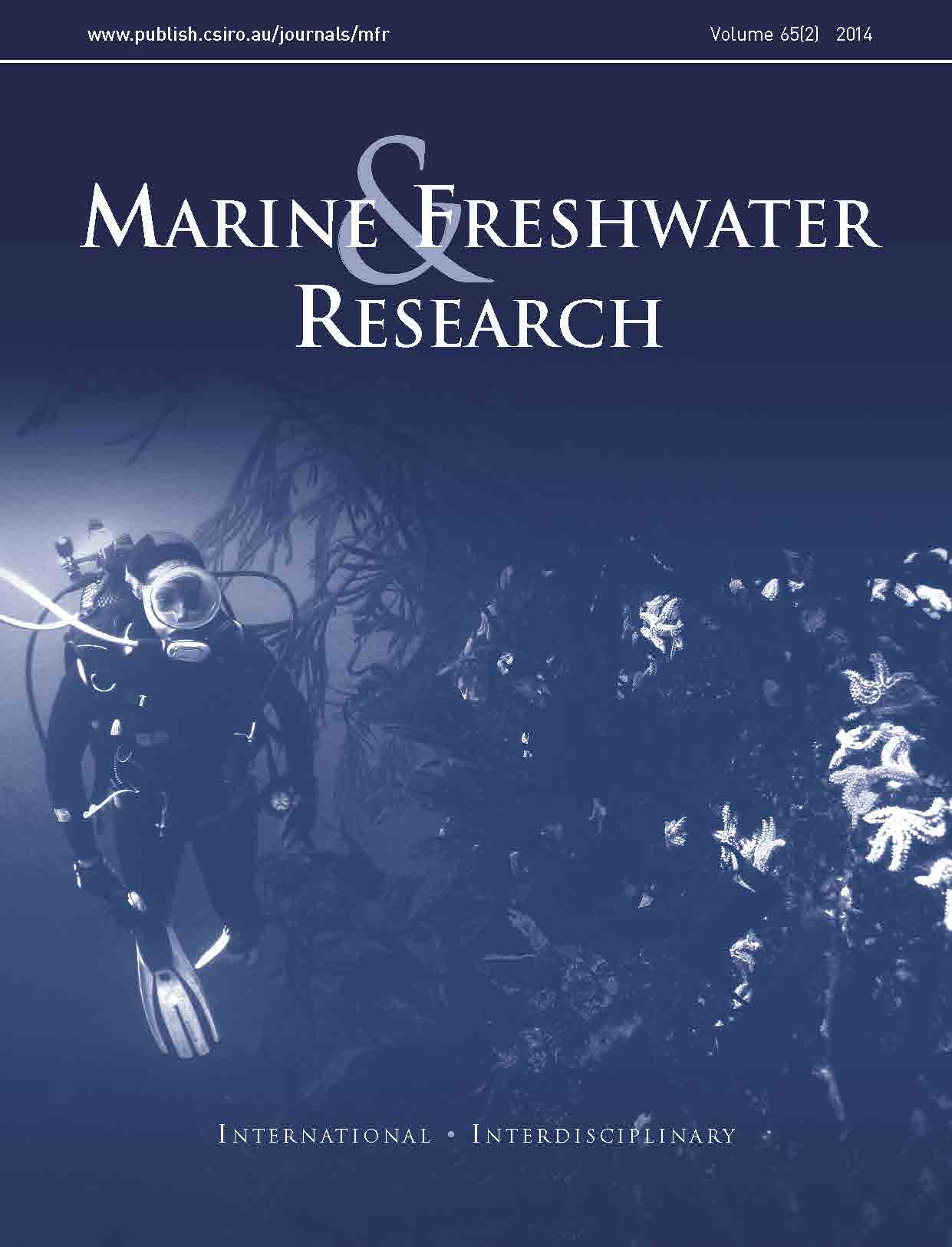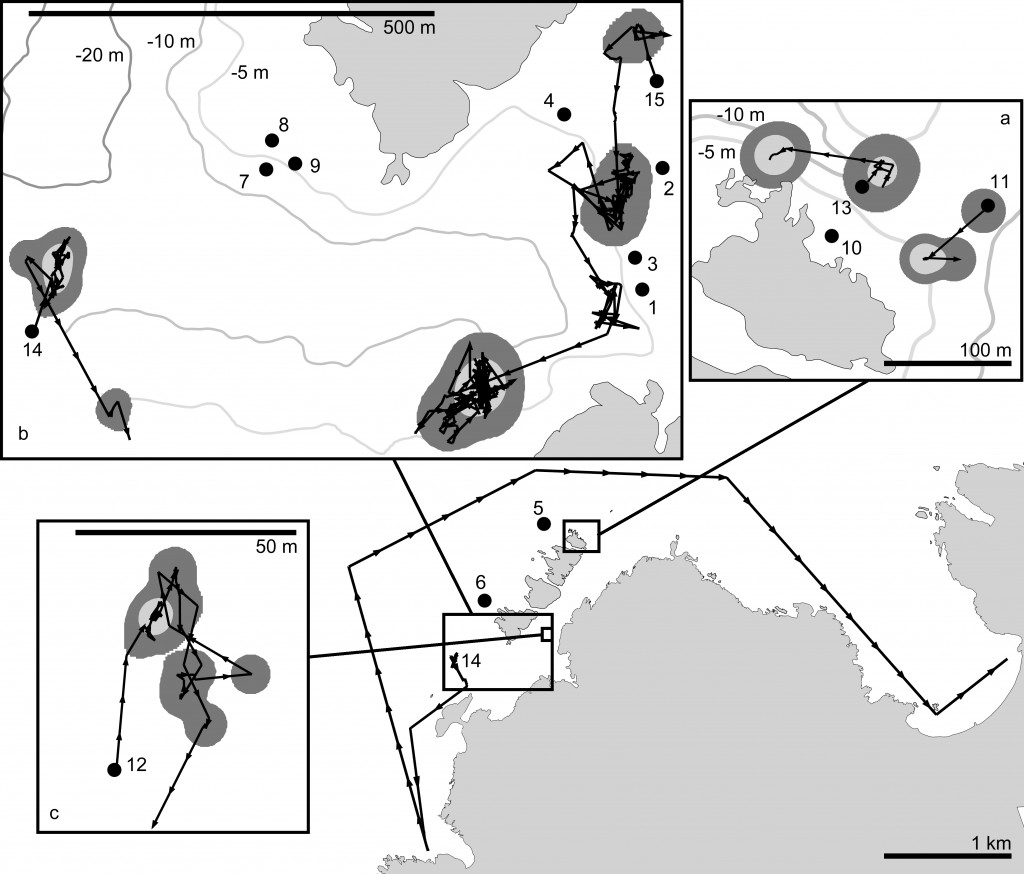Acabo de publicar en la revista Scientia Marina este artículo centrado en la incidencia de los concursos de pesca submarina sobre las poblaciones de peces y en el que además realizamos una estimación de las capturas obtenidas por los pescadores recreativos submarinos.

Este es el resumen en castellano (y en inglés):
Los pescadores recreativos compiten cada vez más intensamente por el espacio y los recursos con los pescadores comerciales en todo el mundo, pero han sido poco estudiados. En particular, rara vez se han analizado los impactos de los concursos de pesca submarina sobre las comunidades de peces propias de las regiones templadas. En Galicia (noroeste de España), en la actualidad hay 5000 pescadores submarinos, y 500 de ellos participan en concursos. Se utilizó un archivo histórico de competiciones de pesca submarina para evaluar su influencia sobre los concursos celebrados posteriormente en la zona y para analizar su efecto sobre las abundancias de peces, estimadas mediante censos visuales subacuáticos (UVC). Además, se estimaron las capturas recreativas anuales de los pescadores submarinos y se realizaron comparaciones con los desembarques comerciales. Los pescadores submarinos capturaron 29 especies, aunque seis representaron el 95% de sus capturas. La mayor parte de las especies muestran bajas vulnerabilidades a la presión pesquera y sólo Dicentrarchus labrax, de entre las especies capturadas con frecuencia, puede ser considerada como moderadamente vulnerable. El impacto global de los concursos de pesca submarina sobre las poblaciones de peces fue limitado, aunque algunos concursos redujeron temporalmente las abundancias de Labrus bergylta, la principal especie objetivo, hasta en un 83%. Los pescadores submarinos obtuvieron una relevante proporción de las capturas totales sobre las especies comunes, con las capturas recreativas sobre algunas de ellas (e.g. L. bergylta) siendo equivalentes o superiores a las comerciales. Se recomienda encarecidamente la inclusión de esta pesquería en los modelos de gestión de los ecosistemas costeros.
Assessing the impact of spear fishing by using competitions records and underwater visual censuses
Recreational fishers are increasingly competing for space and resources with commercial fishers worldwide, but have been poorly studied. In particular, the impacts of spearfishing competitions on the temperate fish assemblages have seldom been analysed. In Galicia (NW Spain), there are currently 5000 spear fishers, and 500 of them participate in spearfishing competitions. An historic archive of spearfishing competitions was used to assess their influence on the subsequent competitions in the area and to analyse their effect on the fish abundances estimated by underwater visual censuses. The annual recreational catch of the spear fishers was also estimated and comparisons with the commercial landings were performed. The spear fishers targeted 29 species, although six accounted for 95% of the catch. Most of the species show low vulnerabilities to fishing pressure and only Dicentrarchus labrax, among frequently caught species, can be considered as moderately vulnerable. The overall impact of spearfishing competitions on fish populations was limited, although some competitions temporarily reduced the abundances of Labrus bergylta, the main target species, by up to 83%. Spear fishers caught a large proportion of the total catch of common species, with recreational catches of some species (e.g. L. bergylta) matching or exceeding the commercial catch. The inclusion of this fishery in the management models of the coastal ecosystems is strongly recommended.



